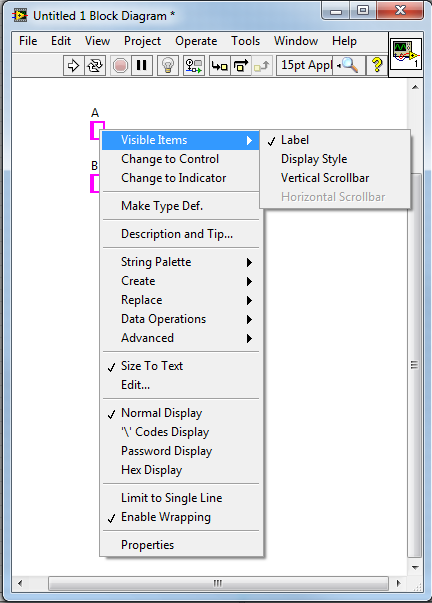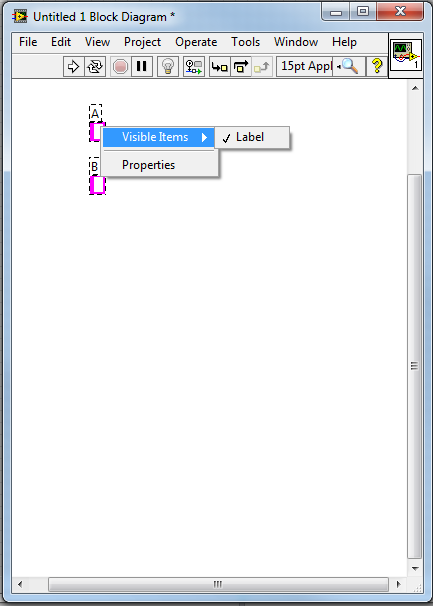Nope, we're comparing products to services - apples and oranges
I like to think that the Agile process (not that I've ever seen anyone implement a true Agile process FWIW, but there are plenty of people who will tell you that they do ) and a vee model with added alpha/beta stages tracks relatively closely.
Agreed - I can't argue with that Unfrotunately (and I"m not talking from any direct experience here) market forces can make or break companies in this situation, so there can be a business gamble here. I work in regulated industries with well structured processes, and customers who respect that, so there's not a lot of room for such shennanigans, but that doesn't mean it doesn't fit other fast turn around markets (like iPhone app stores, or, since you're an Android guy (as am I), Goolge Play.
Sure - and I'd prefer an app that was written by a script kiddy who went through a formal alpha and beta over one who didn't. But again, that's a different market than I'm used to professionally - we have customers who pay for custom solutions, which means we sell services, not products. That said, some of those services come with products inside them. If we're only talking about services, then I'm more inclined (but not totally) to agree with you. If we're talking about products, then I'm all for alphas and betas. That's what I meant about models fitting inside each other (as a side note, sorry to harp on this, but if someone says they use the Agile model, they might use portions of it at some level in their process, but probably use a vee above it, and maybe an iterative below it - see what I'm getting at?)
Rather than comparing a software app to a skyscraper, let's try something a little more apt: a software app to, say, a power supply. If I'm designing a power supply, I'd like to think I'd make a prototype before final release that I might get some of my key customers (whether they be internal and/or external) to play with and give me feedback on. I think that probably makes sense. And I think "alpha" and "beta" can be analogous to "prototype" in the product world.
I should hope not - I don't think you've ever seen any of them - in alpha, beta or otherwise I agree that there's a trending mentality toward treating beta testers as free bug finders, and that, with the availablity of easier release platforms (think AppStore and Play), the temptation to release software that clearly isn't ready but not marked as such for the purposes of getting free bug testing, is becoming rife. In that, I agree with you wholeheartedly. BUT I won't accept that that means all alpha and beta testing stages of products is immoral. Both sides need to be fully aware of the consequences, and choose to opt in to such programmes. I'm warning that (again, we're talking about products here, not services) ignoring early drop techniques can lead to software that meets the requirements, but leads to unhappy customers. We have several customers who jump at the chance to pay for an ECO to change requirements while we're developming (that's a whole other discussion), but it's only during prototype demos/betas that they have the opportunity to think those changes up. And then it's on them if they want to pay for said changes.
Sorry, I should have been more clear: I was referring to services vs products.
Then I guess we philosophically disagree. I prefer to work closely with the customer during the project to make sure everything aligns to thier expectations (if possible, of course ) though all stages of a project's execution. As I alluded above, I prefer not to drop something in their lap that meets all of their initially defined requirements, but doesn't fit thier needs.
And we circle around to the start: as long as both parties understand and agree to the terms of a alpha or beta testing programme, I see them as very powerful tools.
I see no problem with a "prototype" kettle
I'm not saying it's easy, but I know it's not unobtainable. Well, maybe it is for some customers





